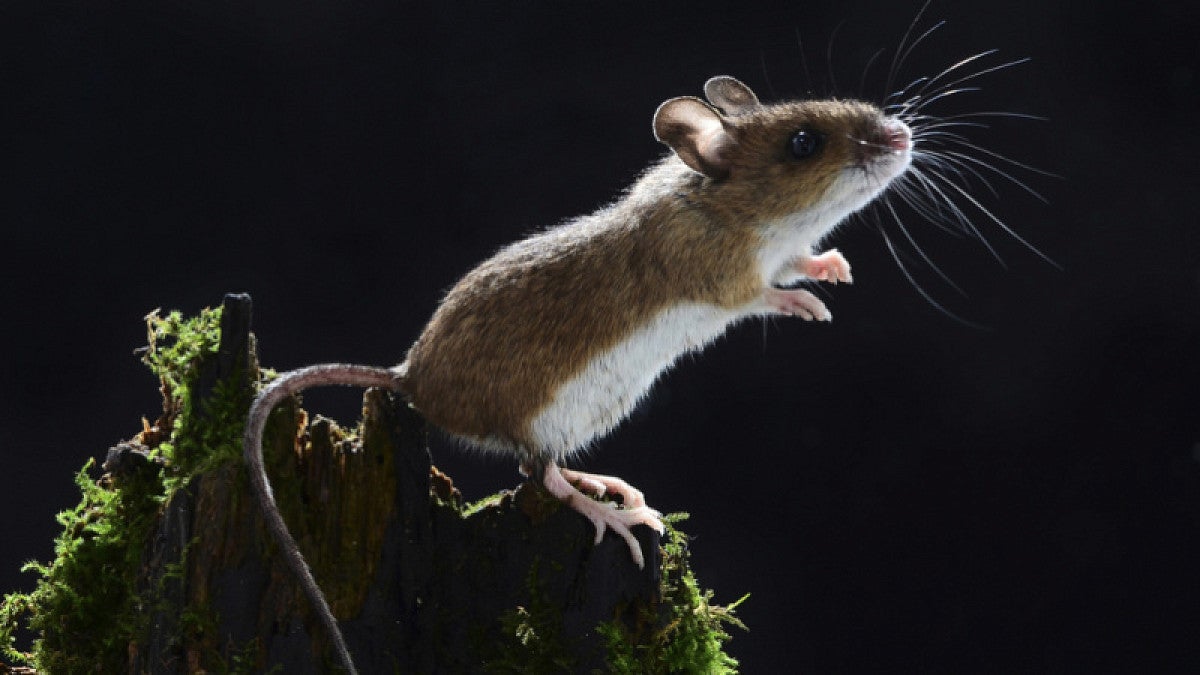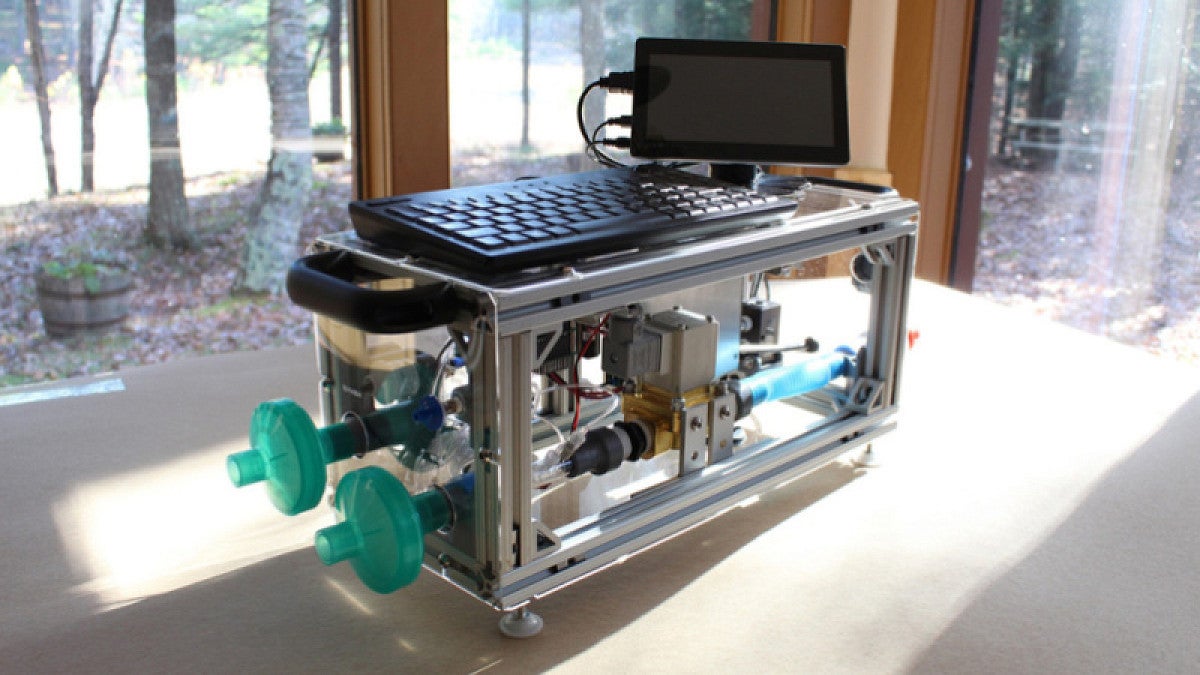Read the latest research from our department

Cell types and molecular architecture of the Octopus bimaculoides visual system
Jeremea O. Songco-Casey, graduate student; Gabrielle C. Coffing, graduate student; Denise M. Piscopo, research scientist; Judit R. Pungor, postdoctoral researcher; Andrew D. Kern, associate professor; Adam C. Miller, associate professor; Cristopher M. Niell, associate professor
We present a comprehensive single-cell molecular atlas of the octopus optic lobe, which is the primary visual processing structure in the cephalopod brain. We combined single-cell RNA sequencing with RNA fluorescence in situ hybridization to both identify putative molecular cell types and determine their anatomical and spatial organization within the optic lobe. Our results reveal six major neuronal cell classes identified by neurotransmitter/neuropeptide usage, in addition to non-neuronal and immature neuronal populations.
Read the published research in Current Biology.

Distance estimation from monocular cues in an ethological visuomotor task
Philip RL Parker, postdoctoral researcher; Elliott TT Abe, graduate student; Natalie T Beatie, Emmalyn SP Leonard, Dylan M Martins, Shelby L Sharp, graduate student; David G Wyrick, Luca Mazzucato, assistant professor; Cristopher M Niell, associate professor
To study the integration of visual processing and motor output in a naturalistic task, we investigated distance estimation in freely moving mice. We found that mice use vision to accurately jump across a variable gap, thus directly coupling a visual computation to its corresponding ethological motor output. Monocular eyelid suture did not affect gap jumping success, thus mice can use cues that do not depend on binocular disparity and stereo vision. Under monocular conditions, mice altered their head positioning and performed more vertical head movements, consistent with a shift from using stereopsis to other monocular cues, such as motion or position parallax. Finally, optogenetic suppression of primary visual cortex impaired task performance under both binocular and monocular conditions when optical fiber placement was localized to binocular or monocular zone V1, respectively. Together, these results show that mice can use monocular cues, relying on visual cortex, to accurately judge distance. Furthermore, this behavioral paradigm provides a foundation for studying how neural circuits convert sensory information into ethological motor output.
Read the published research in eLife.

PVP1—The People’s Ventilator Project: A fully open, low-cost, pressure-controlled ventilator research platform compatible with adult and pediatric uses
Julienne LaChance, Manuel Schottdorf, Tom J. Zajdel, Jonny L. Saunders, Sophie Dvali, Chase Marshall, Lorenzo Seirup, Ibrahim Sammour, Robert L. Chatburn, Daniel A. Notterman, Daniel J. Cohen
Mechanical ventilators are safety-critical devices that help patients breathe, commonly found in hospital intensive care units (ICUs)—yet, the high costs and proprietary nature of commercial ventilators inhibit their use as an educational and research platform. We present a fully open ventilator device—The People’s Ventilator: PVP1—with complete hardware and software documentation including detailed build instructions and a DIY cost of $1,700 USD. We validate PVP1 against both key performance criteria specified in the U.S. Food and Drug Administration’s Emergency Use Authorization for Ventilators, and in a pediatric context against a state-of-the-art commercial ventilator. Notably, PVP1 performs well over a wide range of test conditions and performance stability is demonstrated for a minimum of 75,000 breath cycles over three days with an adult mechanical test lung. As an open project, PVP1 can enable future educational, academic, and clinical developments in the ventilator space.
Read the published research in PLOS ONE.

